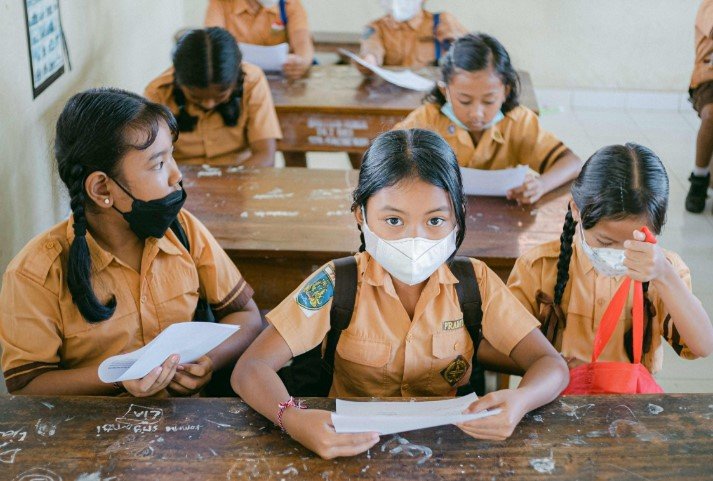Oklahoma schools continue to grapple with issues that emerged during the COVID-19 pandemic, as national data reveals a significant lag in academic achievement. Despite substantial public spending on recovery efforts, the gap between current student performance and pre-pandemic levels remains wide. Local district leaders report that poor attendance and behavioral problems are major barriers to academic recovery. As federal pandemic aid nears its end, the urgency to address these challenges intensifies, highlighting the need for sustained support and innovative solutions.
Attendance and Behavioral Issues Hamper Recovery
One of the most pressing issues facing Oklahoma schools is student absenteeism. Since the pandemic, getting students to attend school regularly has become increasingly difficult. This trend is particularly concerning as consistent attendance is crucial for academic success. In Lawton Public Schools, for example, administrators have noted a direct correlation between attendance rates and academic performance. Efforts to improve attendance, such as rebranding summer school as “summer camp” and incorporating more engaging activities, have shown some success, but the problem persists.
Behavioral issues have also escalated, further complicating the recovery process. Teachers and administrators report an increase in disruptive behavior, which not only affects the learning environment but also places additional stress on educators. Addressing these behavioral challenges requires a multifaceted approach, including increased mental health support and the implementation of positive behavior interventions. Without these measures, the path to academic recovery will remain fraught with obstacles.

Academic Performance Lags Behind
National data underscores the extent of the academic lag caused by the pandemic. According to a report from the NWEA, students in grades 3-8 need an average of 4.8 extra months of instruction to catch up in reading and 4.4 additional months in math. This gap is even more pronounced in Oklahoma, where only 27% of students scored at a proficient level on state tests for reading, math, and science last year. The disparity between current performance and pre-pandemic levels highlights the need for targeted academic interventions.
Despite the billions of dollars allocated for pandemic recovery, the results have been mixed. Some districts have seen improvements through initiatives like high-dosage tutoring and extended learning opportunities. However, these efforts need to be scaled up and sustained to make a significant impact. The impending end of federal pandemic aid adds urgency to the situation, as schools must find ways to continue these programs without additional funding.
The Role of Federal Aid and Future Prospects
Federal pandemic aid has been a lifeline for many Oklahoma schools, providing much-needed resources to address the challenges brought on by COVID-19. However, with the deadline to spend these funds approaching, schools face an uncertain future. The NWEA report emphasizes the importance of making pandemic recovery interventions a permanent part of the education system. This includes not only academic supports but also mental health services and other resources that address the holistic needs of students.
Looking ahead, Oklahoma schools must focus on sustainability and innovation. This means finding new ways to engage students, support educators, and ensure that all students have access to high-quality education. Collaboration between state and local governments, educators, and communities will be essential in developing and implementing effective strategies. By working together, Oklahoma can overcome the lingering effects of the pandemic and build a stronger, more resilient education system.

Comments